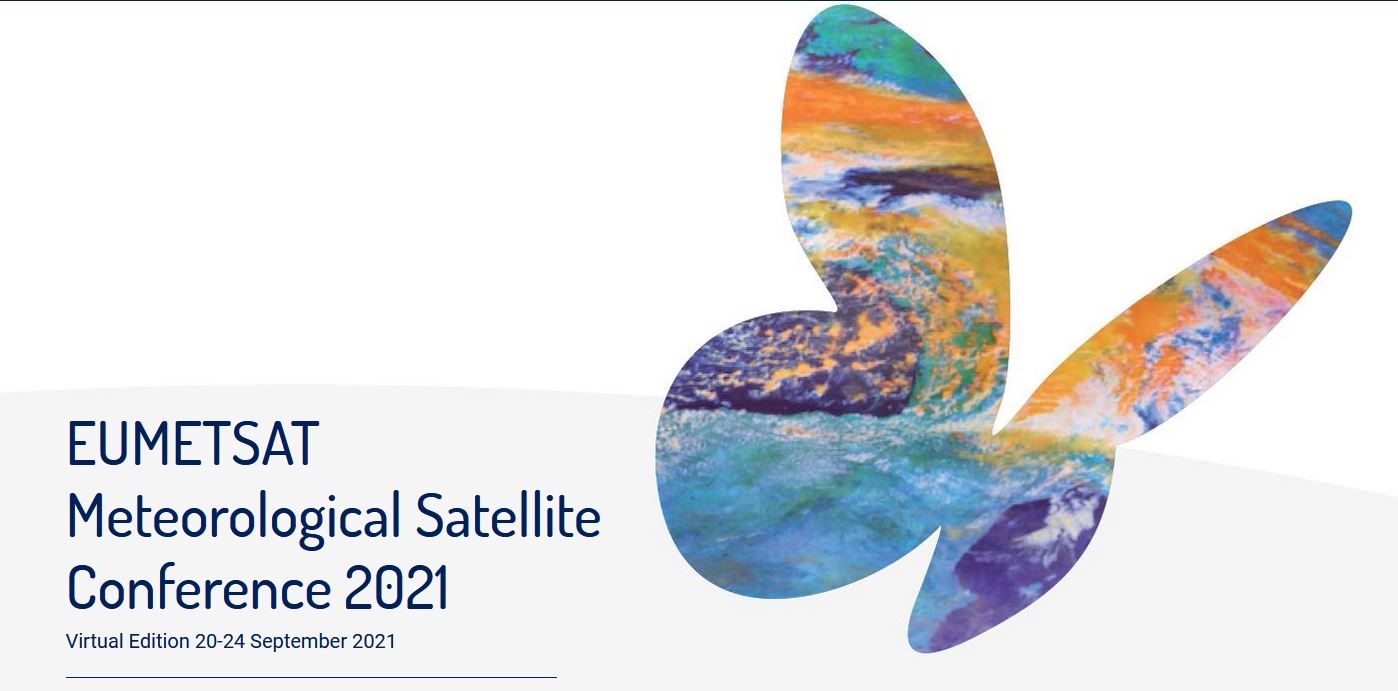Developing NOAA’s Next-Generation Meteorological Satellite Observing System – Overcoming Barriers Through Technological Advancement
INNOVIM’s Chief Scientist, Dr. Philip Ardanuy is a coauthor of NOAA/National Environmental Satellite, Data, and Information Service (NESDIS)’ keynote presentation to be delivered at the September 2021 EUMETSAT (European Organisation for the Exploitation of Meteorological Satellites) Meteorological Satellite Conference. The presentation’s authors also include NOAA/NESDIS Chief Scientist Dr. Mitch Goldberg, Office of Systems Architecture and Advanced Planning (OSAAP) Director Vanessa Griffin, Office of Projects, Planning, and Analysis (OPPA) Director Dr. Elsayed Talaat, OPPA Principal Scientist Dr. Sid Boukabara, OSAAP Commercial Data Program (CDP) Manager Patricia Weir, and OSAAP System Engineer Joanne Ostroy.
The keynote presentation describes the role of technology advancement in enabling achievement of the Vision of NESDIS:Reimagined, which aspires to deliver “A truly integrated digital understanding of our earth environment that can evolve quickly to meet changing user expectations by leveraging our own capabilities and partnerships.” NESDIS:Reimagined is happening because of a rapidly changing environmental observation landscape and the need for a better working environment within NESDIS. While our observing systems are meeting and exceeding requirements in many ways, and our satellites and ground systems, products and information services are produced according to plan and generally are on schedule and built to promised costs, these past successes, however, do not guarantee future success because the world around us is rapidly evolving in four main ways:
- Technology available today is profoundly different from the technology that underpins even our newest observing systems;
- New partners are partners that we could not have imagined 20 years ago;
- Demand for environmental information has dramatically increased;
- The commercial sector is offering services they never have before.
NESDIS:Reimagined is responding to these changes through five primary pillars, by:
- Advancing observational leadership in geostationary and extended orbits;
- Evolving the low-Earth orbit (LEO) architecture to enterprise system of systems that exploits and deploys new observational capabilities;
- Developing agile, scalable ground capability to improve efficiency of service deliverables and ingest of data from all sources;
- Providing consistent ongoing enterprise-wide user engagement to ensure timely response to user needs;
- Delivering integrated program development to provide a suite of and services.
INNOVIM has provided longstanding scientific and system engineering support services to NOAA, including multiple NOAA line offices: the National Weather Service (NWS), NESDIS, and Oceanic and Atmospheric Research (OAR). Within NESDIS, INNOVIM provides scientific support services that help enable NESDIS:Reimagined across multiple flight and ground pillars. We provide system engineering leadership across several operational international partner LEO flight missions. We are also helping establish a space weather observations (“SWO”) portfolio to oversee and manage the formulation and execution of space-based SWO projects, including those to fly in geostationary and Lagrange-point orbits, as well as supporting the NESDIS OPPA Technology Maturation Program (TMP).
The key that underpins each of these initiatives is technology and harnessing the advances in technology to propel the future generation of satellite and ground systems. This is already underway today. Many of the next-generation satellites will fly in the 2030 timeframe, but several are already being deployed operationally now. Two critical programs are enabling the future: the NESDIS OPPA Technology Maturation Program (TMP), and the Joint Venture Partnerships Program (JVP). The TMP Program was stood up by OPPA in the spring of 2018 to enable a radically lower cost, higher performing future, demonstrate new enabling technology to reduce risk and time to operations, exploit opportunities to collaborate with experts, and address NOAA Satellite Observing System Architecture (NSOSA) study questions that needed to be answered to help inform future architecture decisions. TMP has achieved numerous impactful successes that have helped to bridge gaps through rapid, targeted, peer-reviewed investments. Per the Consolidated Appropriations Act, 2020, NOAA began implementing NSOSA through initial investments to the JVP Program, enabling NOAA to leverage partners’ investments and advance their readiness to meet NOAA’s observational needs. An initial focus is developing capabilities for a future LEO architecture for atmospheric soundings. As illustrated, partnerships with other agencies and the commercial sector, with focused industry studies, analyses, and potential flight demonstrations, will enable NOAA to focus on future observation requirements.
The keynote will be presented by Patricia Weir in conference session S01-B entitled “Partnerships and Satellite System Development: Status of meteorological satellite systems and future evolutions,” on Tuesday, 21 September, 2021, from 11:30 to 12:30. The full conference program can be found at https://eumetsat.kuoni-congress.info/2021/programme/grid. Note that times are displayed in CEST (UTC+2).

